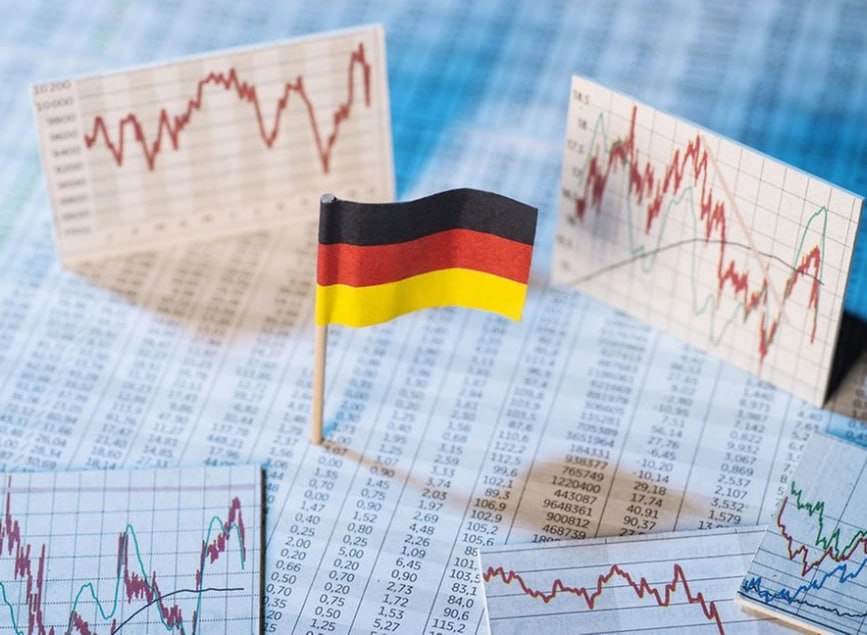
Germany Manufacturing PMI
Germany’s manufacturing sector saw a slight improvement in October 2024, as the HCOB Flash Manufacturing PMI climbed to 42.6 from September’s 40.6, the lowest point in nearly a year. This uptick beat market expectations of 40.8, but the sector remains deeply contracted. Despite this modest rise, ongoing economic uncertainty and challenges in key industries, like the automotive sector, continue to weigh heavily on the outlook.
Economic Uncertainty and Auto Sector Challenges
One of the major factors behind the continued contraction is the economic uncertainty that persists in both domestic and global markets. The weak demand from Germany’s key automotive sector has played a significant role in the decline. New business orders continued to drop sharply in October, indicating that the sector is still struggling to regain momentum.
Decline in New Business Orders
The weak auto sector, traditionally a cornerstone of German manufacturing, has seen reduced demand, which has directly impacted factory output. The sharp fall in new business reflects manufacturers’ hesitation to invest amid these uncertain market conditions. As a result, many businesses have seen reduced production levels as they grapple with a lack of new orders.
Steep Decline in Prices
Adding to the sector’s struggles, factory gate prices in October saw their steepest drop in over 15 years. This sharp decline in prices suggests that manufacturers are facing growing pressure to reduce costs to remain competitive. Additionally, purchase prices also fell, driven by intense competition in the market, which is pushing companies to lower their production costs.
Impact of Competitive Pressures
The drop in purchase prices indicates that manufacturers are being forced to find ways to cut costs, often at the expense of profitability. The growing competition, both domestically and internationally, is compelling businesses to offer more competitive pricing, which could impact long-term sustainability if demand does not pick up.
Sentiment Remains Negative
While the PMI numbers showed a slight improvement, sentiment within the manufacturing sector remained pessimistic. Business confidence in October stayed close to September’s low, reflecting ongoing concerns about the future. Many manufacturers are uncertain about when demand will recover and when the economic situation will stabilize enough to see meaningful growth.
Outlook for the Coming Months
Dr. Cyrus de la Rubia, Chief Economist at Hamburg Commercial Bank, highlighted that the sector may remain in recession throughout the fourth quarter of 2024. However, he expressed some optimism for next year, suggesting there could be a slight improvement as economic conditions start to stabilize.
“While the manufacturing sector continues to face significant challenges, there is hope for gradual recovery next year,” Dr. de la Rubia noted. “However, it will depend heavily on improvements in global economic conditions and a rebound in demand, particularly from key industries like automotive.”
Conclusion: Cautious Optimism for 2025
Although Germany’s manufacturing PMI in October 2024 showed a modest rise, the sector remains deeply troubled by weak demand, price pressures, and low sentiment. The ongoing contraction points to a tough road ahead, with the possibility of continued recession into the fourth quarter. Nevertheless, experts remain cautiously optimistic about a potential recovery in 2025, as economic conditions could improve, offering some relief to Germany’s manufacturing landscape.
Share
Hot topics
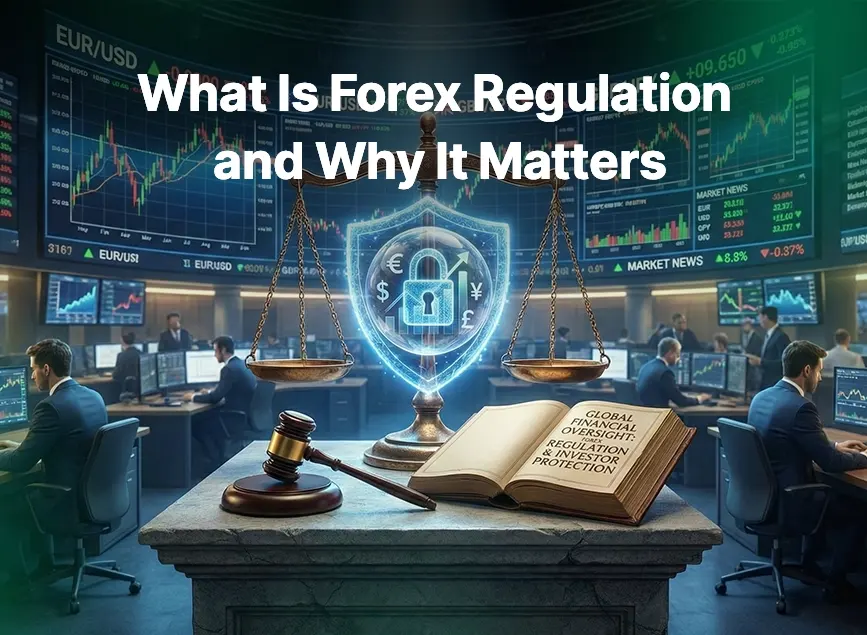
What Is Forex Regulation and Why It Matters
If you’ve been thinking about trading currencies or investing in the forex market, you might have seen words like “regulated,” “license,” or “authority.” They may sound like very boring legal...
Read more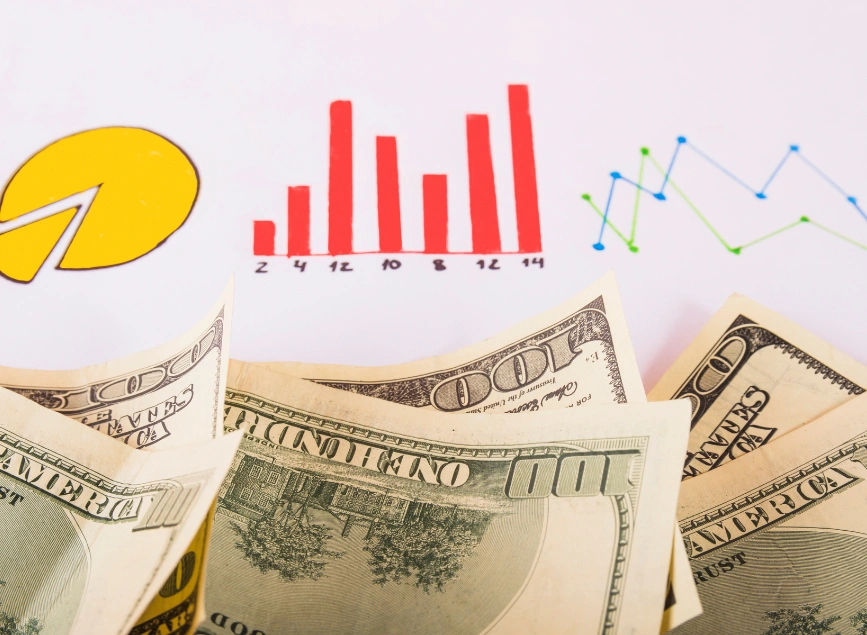
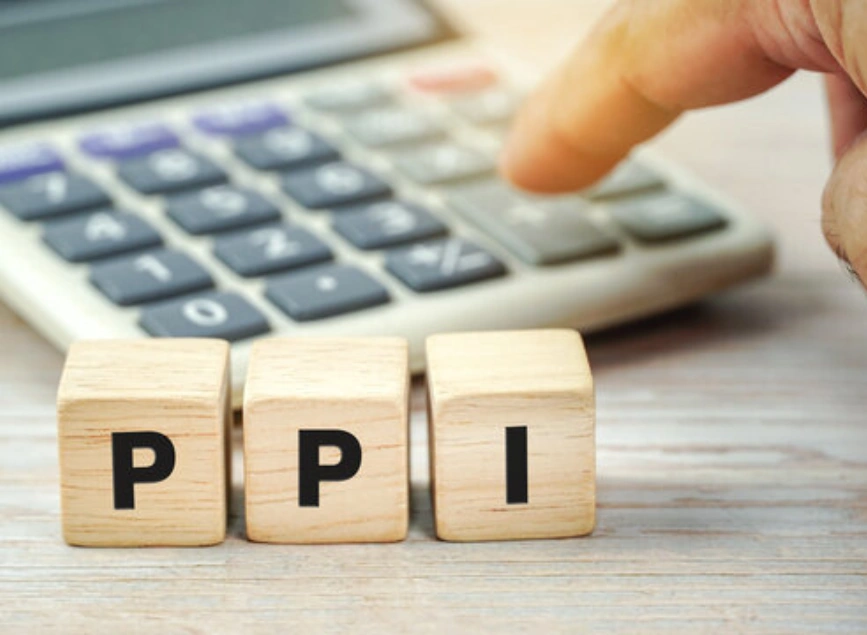
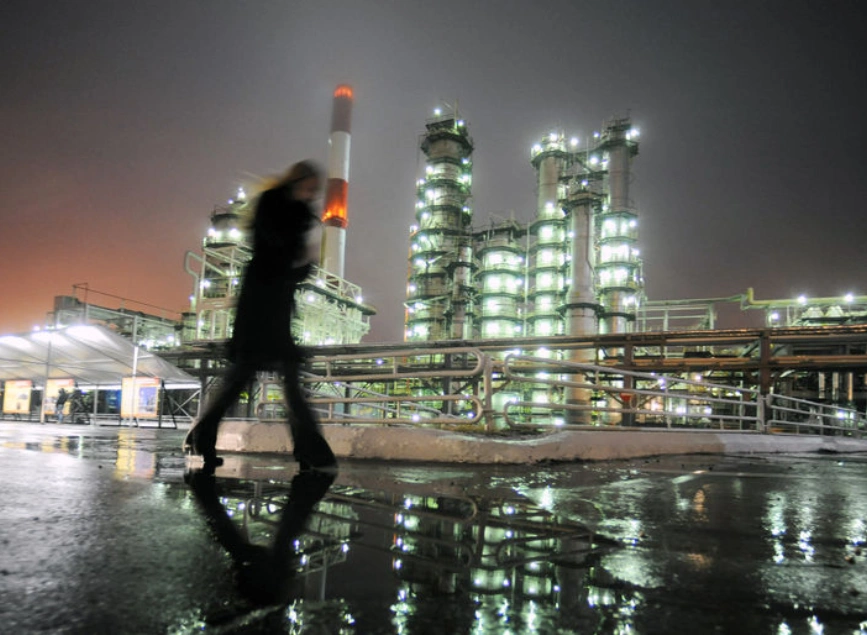
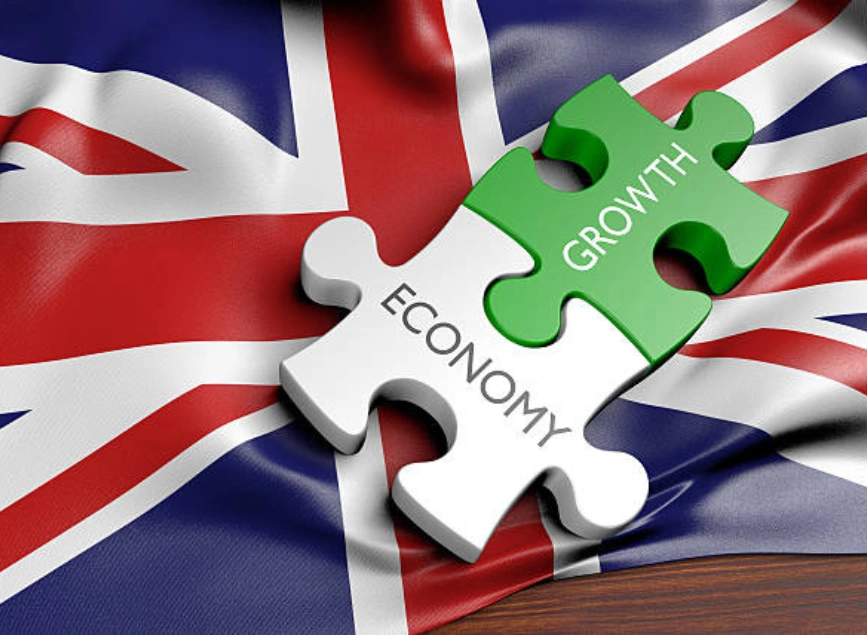

Submit comment
Your email address will not be published. Required fields are marked *